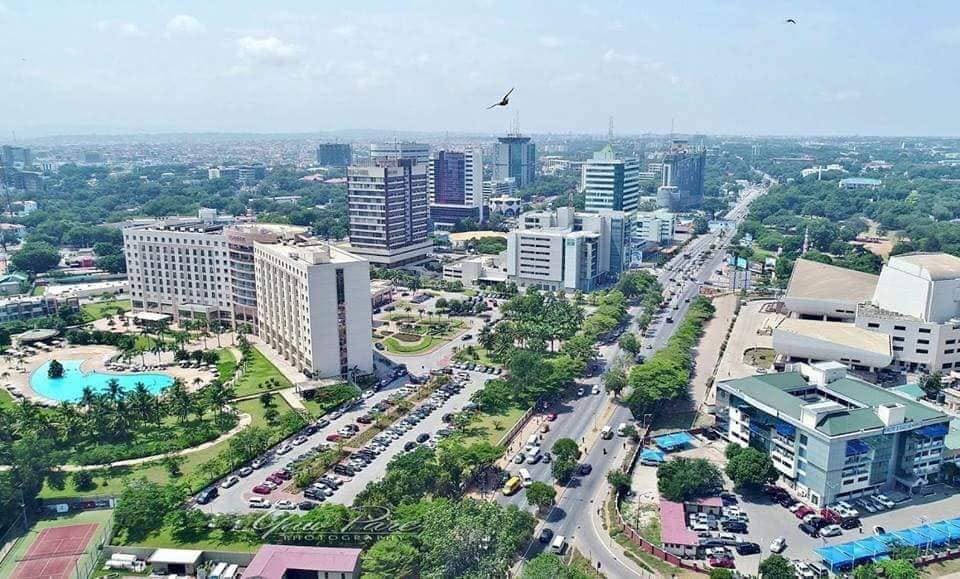Commodity Crunch Tests African Exporters Amid Global Market Shocks
Higher U.S. yields lift borrowing costs, nudging fragile sovereigns toward the debt-sustainability red line.
Rising global yields are rippling through African balance sheets. When U.S. Treasuries sell off, financing costs jump across the emerging world—just as growth wobbles and terms of trade swing. For oil exporters like Nigeria and Angola, revenue depends as much on stability as on headline prices. A price dip or a shipping scare can blow a hole in budgets and pressure currencies.
Image: “Accra, Ghana” by Amanor kwaku, licensed under CC BY-SA 4.0
For non-oil borrowers—Ghana, Kenya, South Africa—the strain is different but no less acute. Refinancing walls loom. Investors rotate back into “safe” assets. Margins on infrastructure loans widen. Politically, higher debt service squeezes social spending and makes subsidy reform harder to sell. The memories of 2007–08, when food and fuel spikes triggered unrest, remain fresh.
There are bright spots. Several governments have pushed through restructurings and IMF programs, clearing arrears and restoring a path to market access. But resilience is conditional. If the global cost of money keeps ratcheting higher, more sovereigns will be forced back to the table, and growth plans will be rewritten yet again.
Our Take: Debt sustainability is the threshold. When benchmark yields jump abroad, defaults and disorder at home become more likely.

